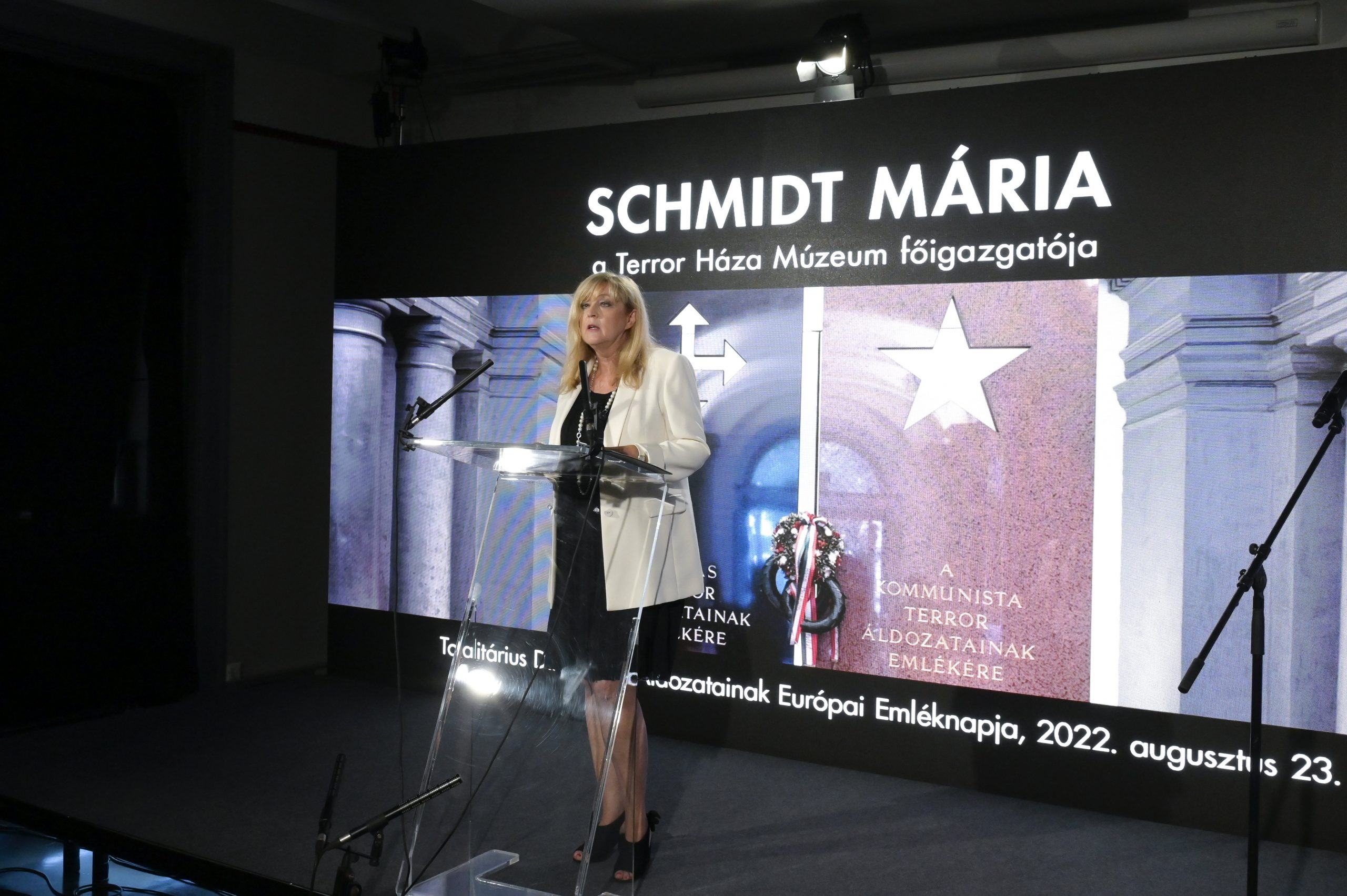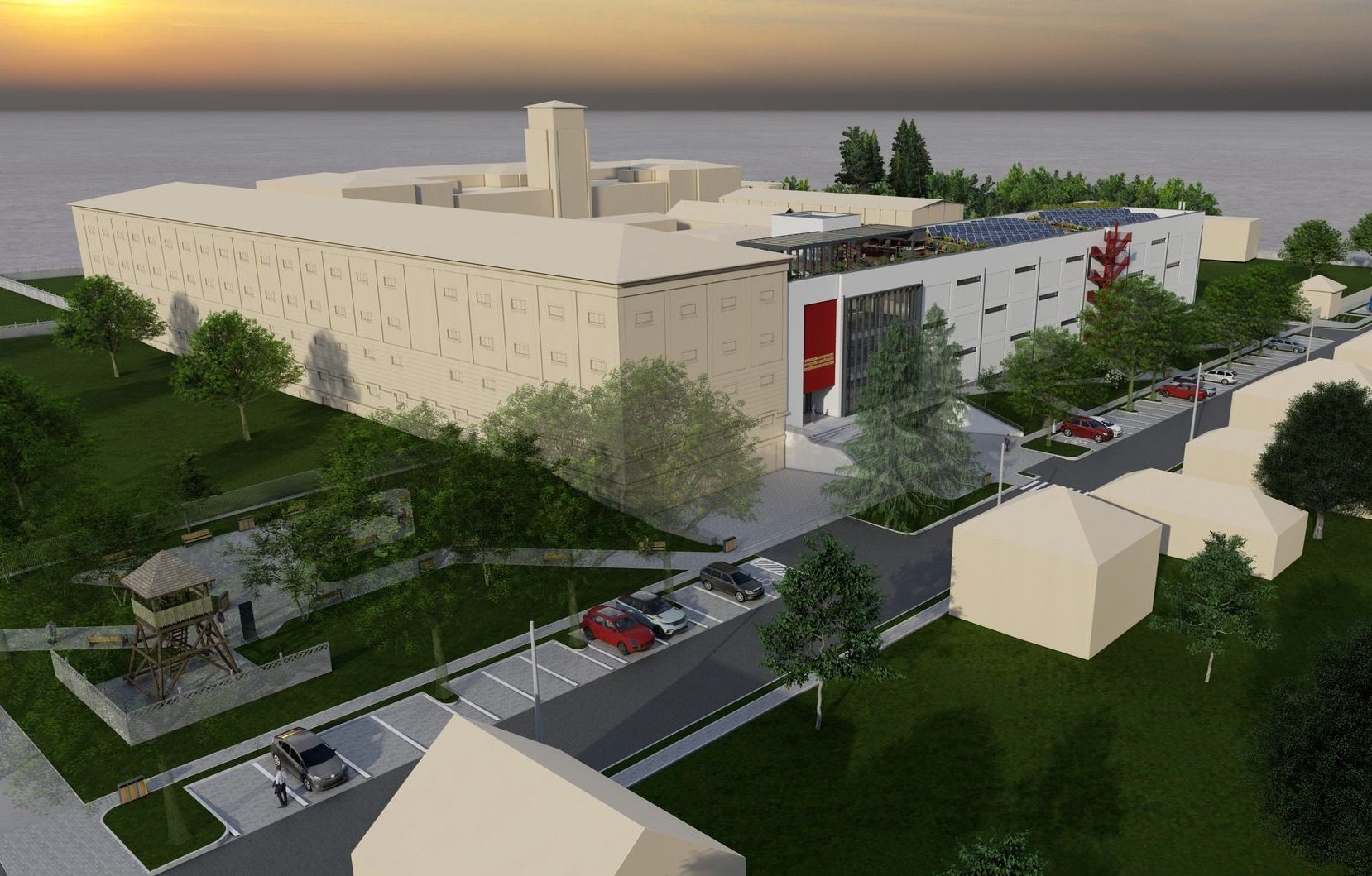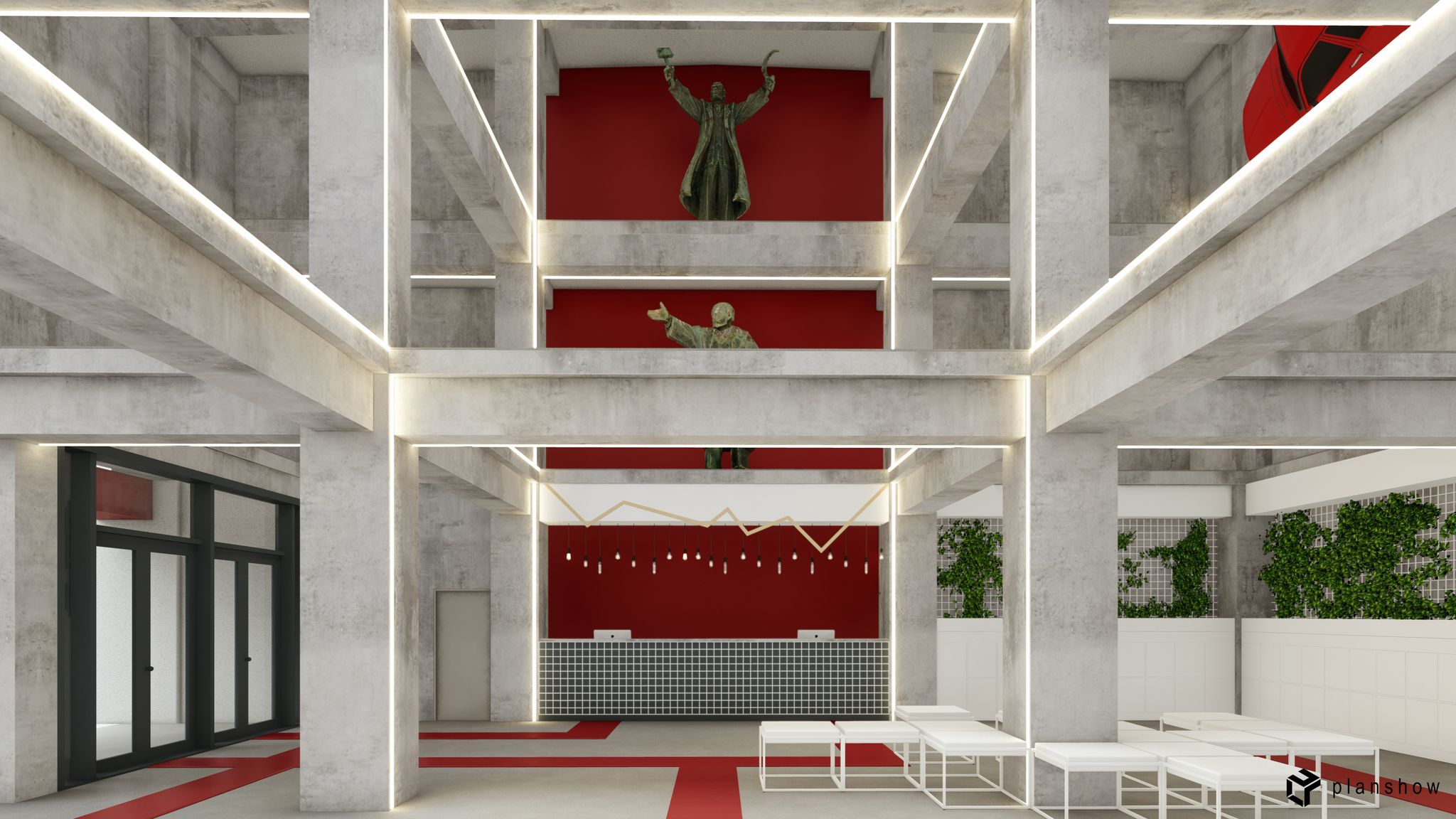
Hungarians will not let others take away their freedom, Mária Schmidt warns.Continue reading

In the courtyard of the former tobacco factory in Transylvanian (Romania) Sfântu Gheorghe (Sepsiszentgyörgy), city officials and contractors signed an agreement on Wednesday, giving the go-ahead for the construction of the Museum of Communism, news portal Maszol.ro reports.
According to Mayor Árpád Antal, a unique museum will be built in a building of the former tobacco factory by the end of 2025, where the atrocities of communism will be presented on three floors, divided by eras, and will feature interactive tools.
The mayor recalled that the municipality bought the former tobacco factory in 2021, for almost five million euros. So far, more than double the purchase price has been won in tender funds, as 11 million euros have been allocated from the National Restoration Fund (PNRR) for the part of the building that will house the future Museum of Communism.

Image: Levente Vargyasi
The content of the future museum will also be created with the help of local experts. Local historians will conduct a series of interviews with people who remember communism and its local aspects, as the content of the public collection will focus on the events of that period in Szeklerland and Kovasna County.
Many people have already told the municipality of Sfântu Gheorghe that they would like to donate antique objects to the museum, but the public collection will use modern, interactive, and virtual tools to present the era of communism and its atrocities.
One of the buildings of the former tobacco factory, built in the 1950s and ’60s, was chosen for the Museum of Communism. The permanent exhibition on four floors of the building, which served as a warehouse for raw tobacco behind the industrial complex, will cover a total of 3,000 square meters and will present the communist regime by era. The basement will illustrate the brutality of the regime, the second floor will show the communist political and economic takeover, the destruction of the rural elite, the history of the Hungarian Autonomous Province and everyday life, and the third floor will be dedicated to the Ceaușescu era. The exhibition ends with the 1989 revolution.
Visitors will interactively be involved in the various events of the time:
They will be interrogated and sent to the appropriate room depending on their answers, they can learn more about the events of the time through the stories of the deportees, rent an apartment with furniture from the time, but also experience power outages and dripping faucets, all of which were part of the lifestyle. In addition to projected materials, photos, objects, and an interactive elevator, they can also try to escape from the Escape Rooms. There will also be two rooms each for museum educational activities or temporary exhibitions, a souvenir store, a pastry store, and a café on the roof.
Via Ungarn Heute. Article image: Árpád Antal Facebook